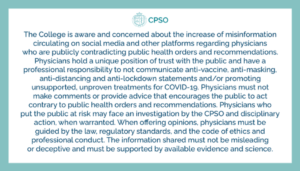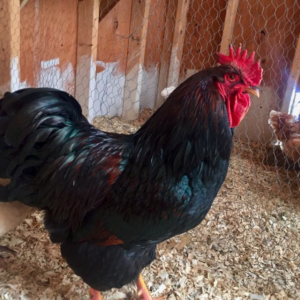
Soon after I started in a small emergency department, the police dragged in a handcuffed teenager.
The teen kicked, spit, and screamed slurred abuse at us. One of his eyes was swollen shut, the other red and dilated. Bloody hair stuck to his face.
Repeat offenders know they will lose a fight with two solid, sober officers. Youths with temper tantrums only know how to kick and scream. Physicians must sort out whether the screaming patient is sick or just uncivilized.
One of my colleagues, ten years my senior, walked over. The handcuffed patient started swearing (eloquently), spitting, and refusing to answer.
After attempting a history and clinical exam, my colleague said, “Buddy … you are messed up!”
trying to think in 2021
COVID19 has been a nightmare of nonsense. We need not review or downplay the carnage.
My grandfather is in the hospital in Ontario. He is 97. My grandmother signed his DNR remotely. She is fully vaccinated but cannot see him. https://t.co/0aFIhvyfoW
— Genève Campbell (@bergerbell) May 21, 2021
The public policy response has been brutal in Canada (see COVID Misery Index or the Lowy Institute COVID Performance Index). Get ready for a tsunami of inquiries, reviews, and calls for system change over the next year.
The pandemic has also been a blogger’s nightmare. Before COVID, it was easy enough to show how accepted thinking is often thoughtless. Nonsense abounded. Solutions were often obvious. It just took courage (or stupidity) to speak up.
Nonsense
But “challenging accepted thinking” fails when too many people lose their minds.
You cannot talk to an enraged, drunken teen in handcuffs. Barbarians do not debate governance. Informed consent becomes a charade of formalities.
You cannot reason with an enraged upper-middle-class, ivy league, sociology student. Screaming about oppression, she/he throws a Molotov cocktail at a tiny business owned by an uneducated person who just applied for citizenship.
Critical theory is the end of theory. Relativism means relativism is also relative: to give it meaning is to end meaning; to think it is to end thought.
The pandemic has offered too much nonsense to keep up. You feel like a mosquito in a nudist colony: Where do I start?
Solution
Fools remain foolish without challenge. But the crazier people become the less they are able to consider thoughts outside of their own insanity. Anything falling outside their own minds becomes a trigger, an opportunity for outrage. Debate narrows. Differential diagnoses become a differential of one.
The CPSO—the opposite of crazy—instantiated this ethos in a recent communication. Public health has spoken. Debate must end. We have truth, or near enough, to rule out dissension.
This bothered me deeply—even more so that so many supported it. This is anti-culture. But maybe that was the point all along.
See my op ed:
Patients Need Doctors to Speak Up — Regulator Wants Doctors to Shut Up.
Roots, not Blank Slate
We have to rebuild.
What can we learn from our past? What should we throw out? Radicals follow Rousseau and seek to throw out everything: “Man was born free and everywhere he is in chains.”
Government lacks capacity. It cannot manage major threats.
Society lacks capacity. Work-spend-consume does not develop deep social fabric and understanding required for citizens to lead from below.
Without the knowledge required to demand better decisions from our leaders, we will continue to suffer their ignorance which matches our own.
We need to pivot.
Instead of trying to deconstruct nonsense and offer solutions, perhaps we need to pause and ask ancient questions:
What is true?
What is good?
What is beautiful?
We need to rediscover the art of living well and how it informs civic engagement. If we do not, we all run the risk of becoming (or remaining) messed up: angry youths in handcuffs.
Photo credit: Ryan McGuire Pixabay



